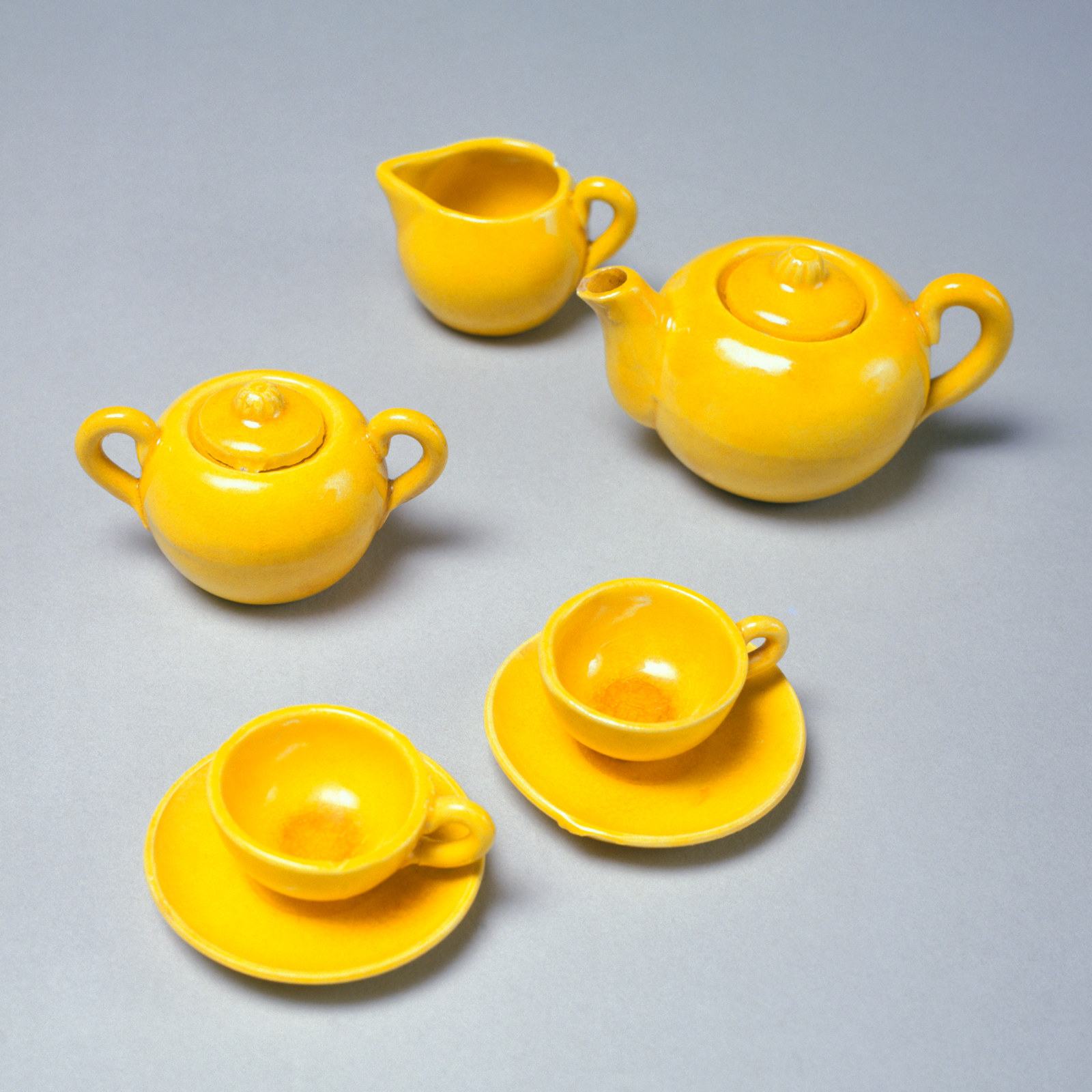Rosary beads
This fragmented rosary of cobalt blue and clear glass beads was found by archaeologists under the floorboards on level 3 of Hyde Park Barracks, just under a dormitory window that once had a view out to St Mary’s Cathedral.
The rosary can be dated to the period 1862-1886 when the Hyde Park Asylum occupied the top floor of the Barracks. The Asylum provided shelter for aged, ill and destitute women and also provided regular religious instruction. Visiting clergymen brought bibles and religious tracts, and perhaps even rosary beads. The archaeological evidence suggests that Catholic women were segregated from Protestants, the Catholic women occupying the southern dormitories while the Protestant women lived in the northern dormitory. This rosary would have originally had a crucifix attached, where the holder would begin the prayers, the fingers moving along the beads as the prayers devoted to the Virgin Mary are recited. The Asylum women had very few possessions, so this rosary must have been important to its Catholic owner, who we can almost picture standing at the window looking out to St Mary’s Cathedral while holding these beads. One wonders, what was she hoping for in her prayers?
Published on
Collection items
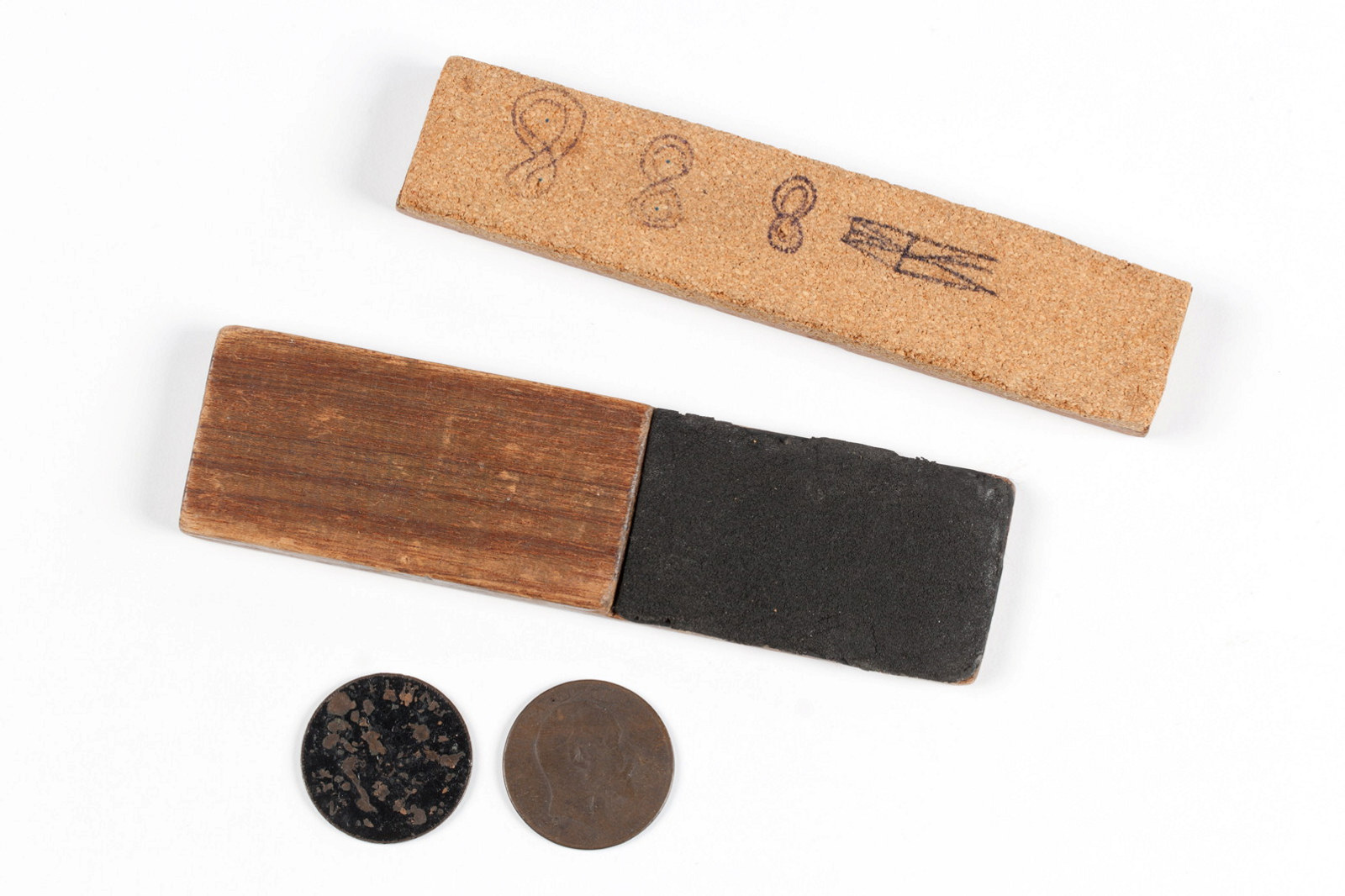
Come in spinner!
Gambling in Australia is regulated by the state and some types of gambling are illegal. The game Two-up, with its catch cry of ‘Come in Spinner!’, is legal only on Anzac Day and only in some states
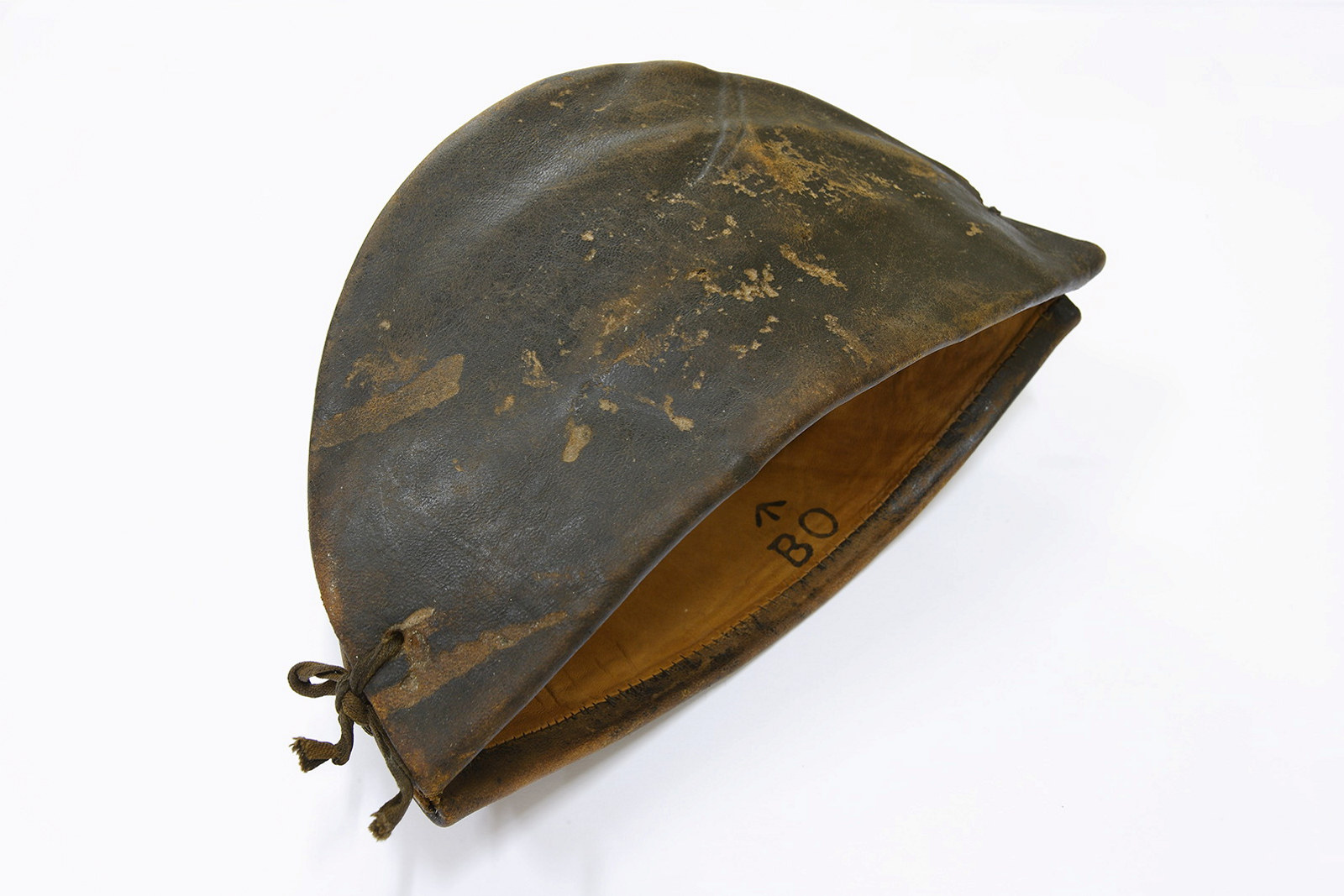
Convict Sydney
Convict cap
A hat was known as a castor or a kelp in the convict ‘flash’ slang language

The trophy cabinet
Trophies are symbolic objects, intended for display as evidence of achievement, especially of victory in a contest of some kind
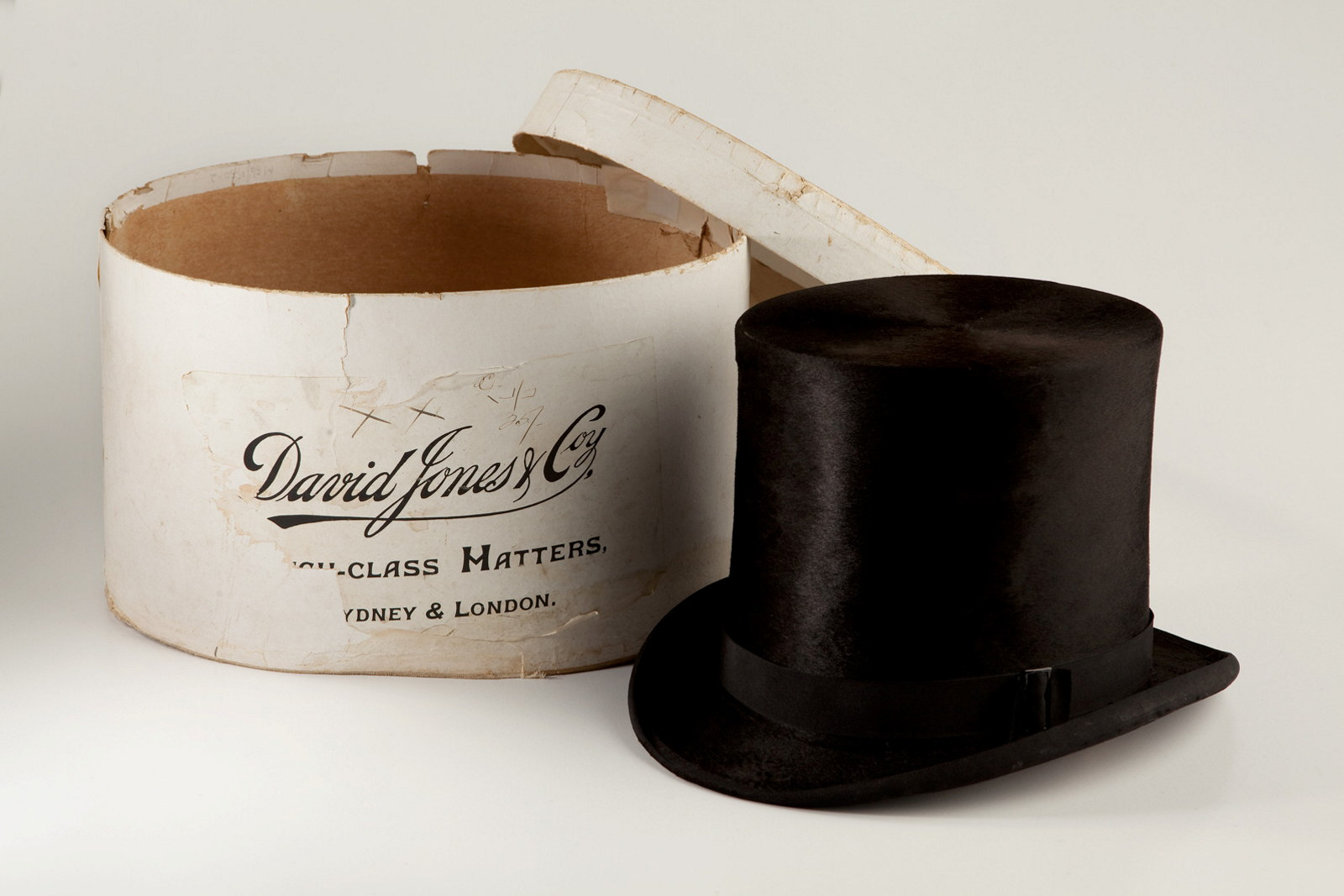
Bicornes, bonnets & boaters
There’s a variety of headwear across our collections ranging in date from early to late nineteenth century
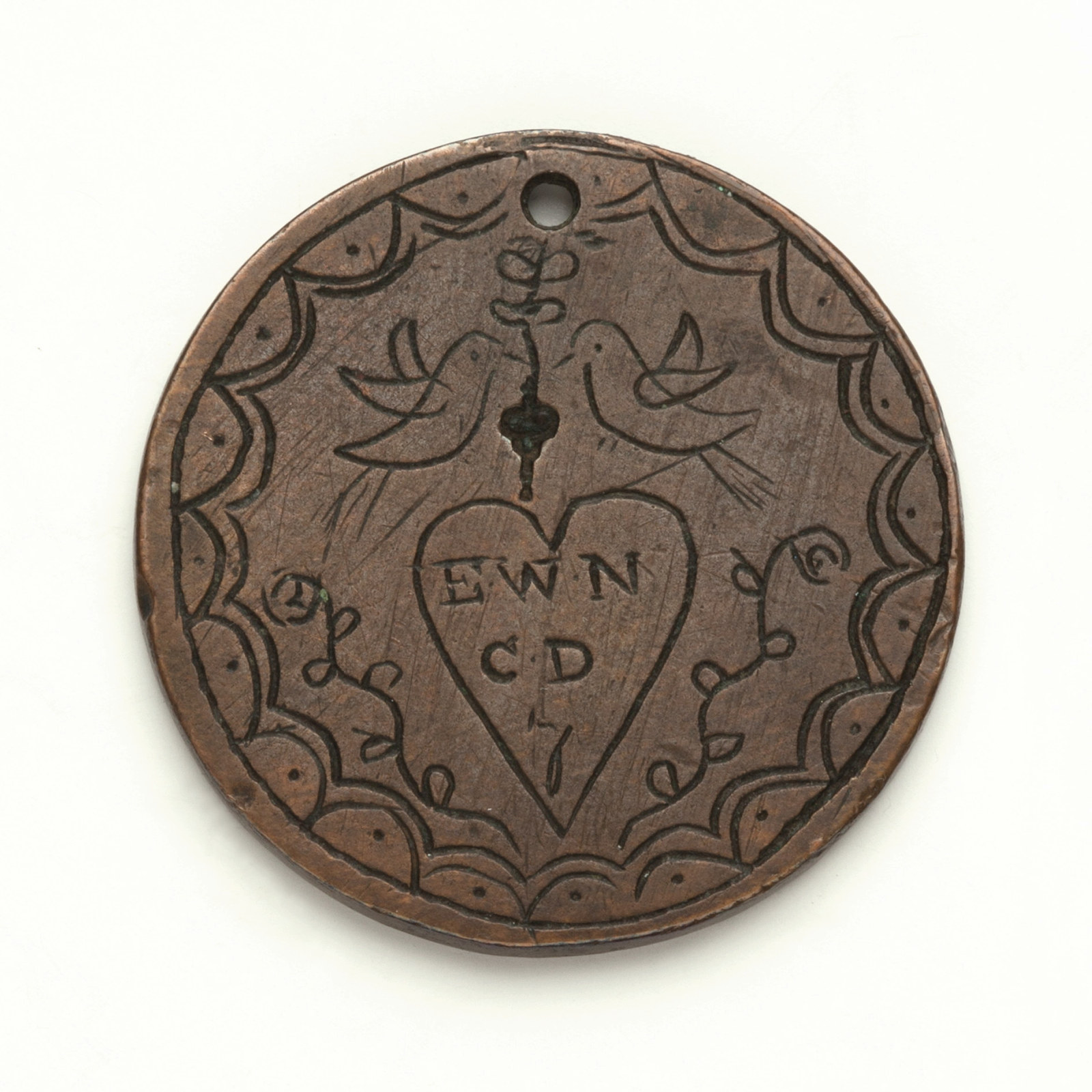
Convict Sydney
Love token, Donovan
This very detailed token was probably made by a nineteen year old called Cornelius Donovan
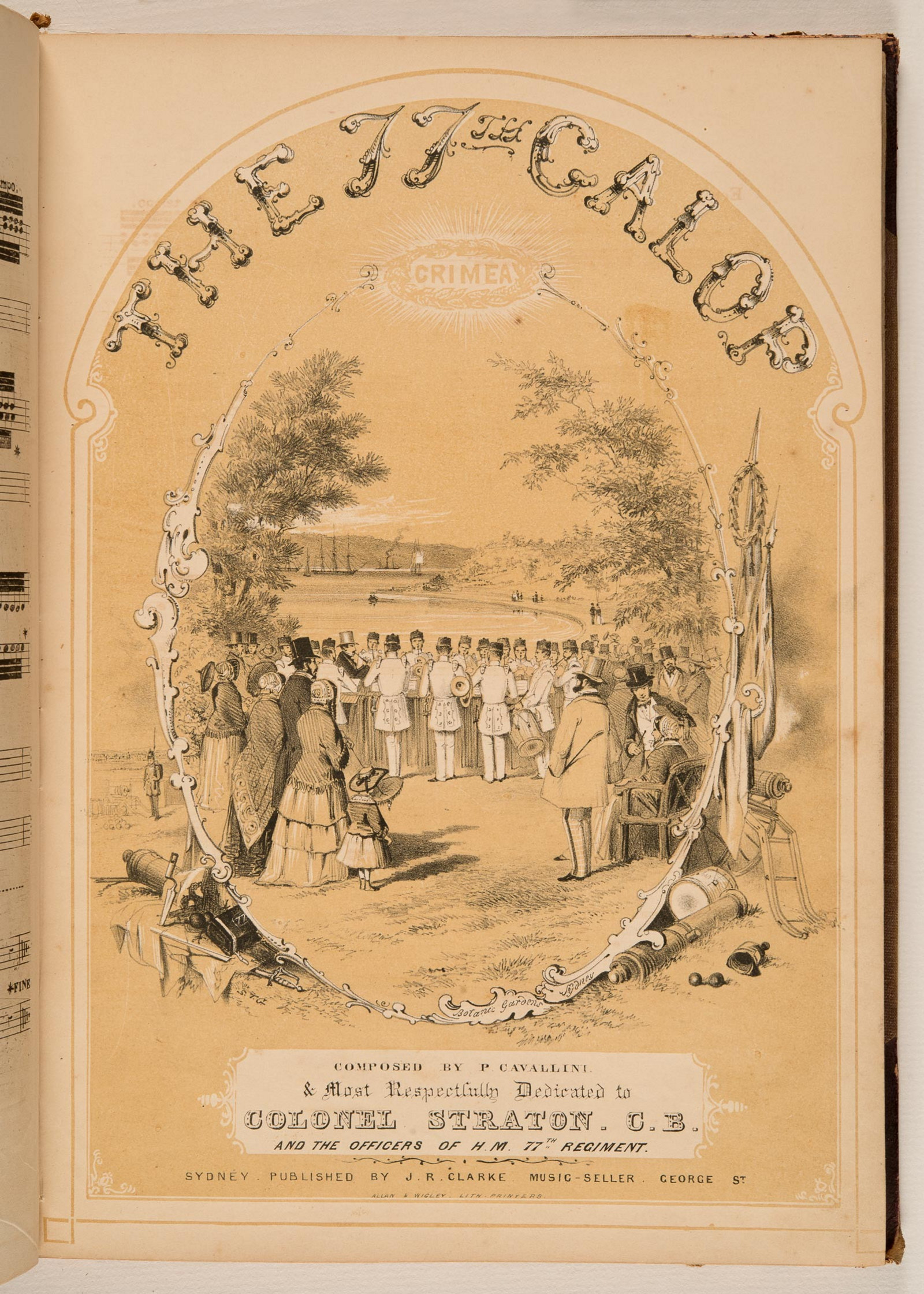
Reading the score
Since the early 1800s, Australian households have purchased sheet music to enliven their drawing room repertoire
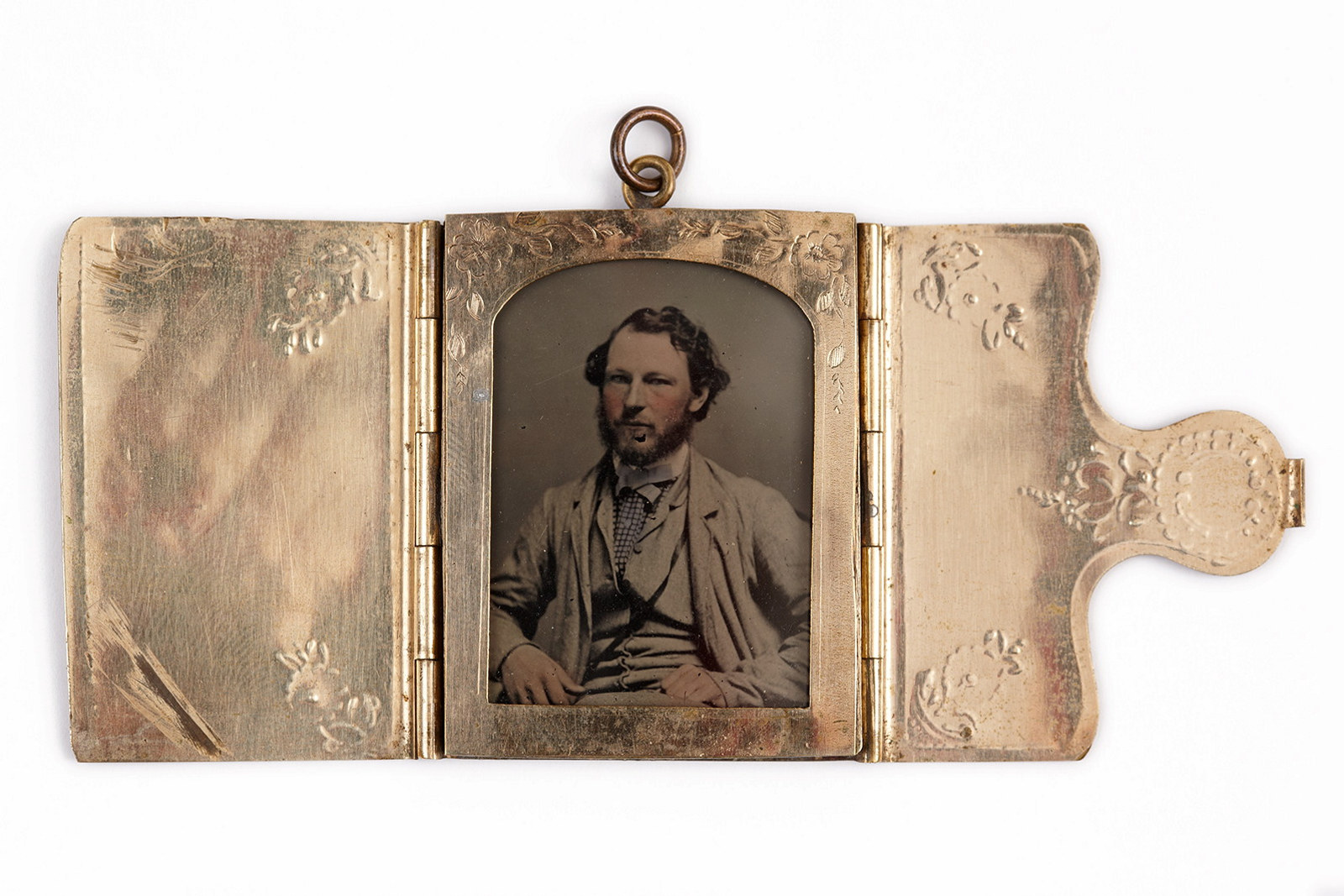
Close to the heart
Expressions of love and endearment have long been embodied in keepsakes or jewellery worn or held close to the body
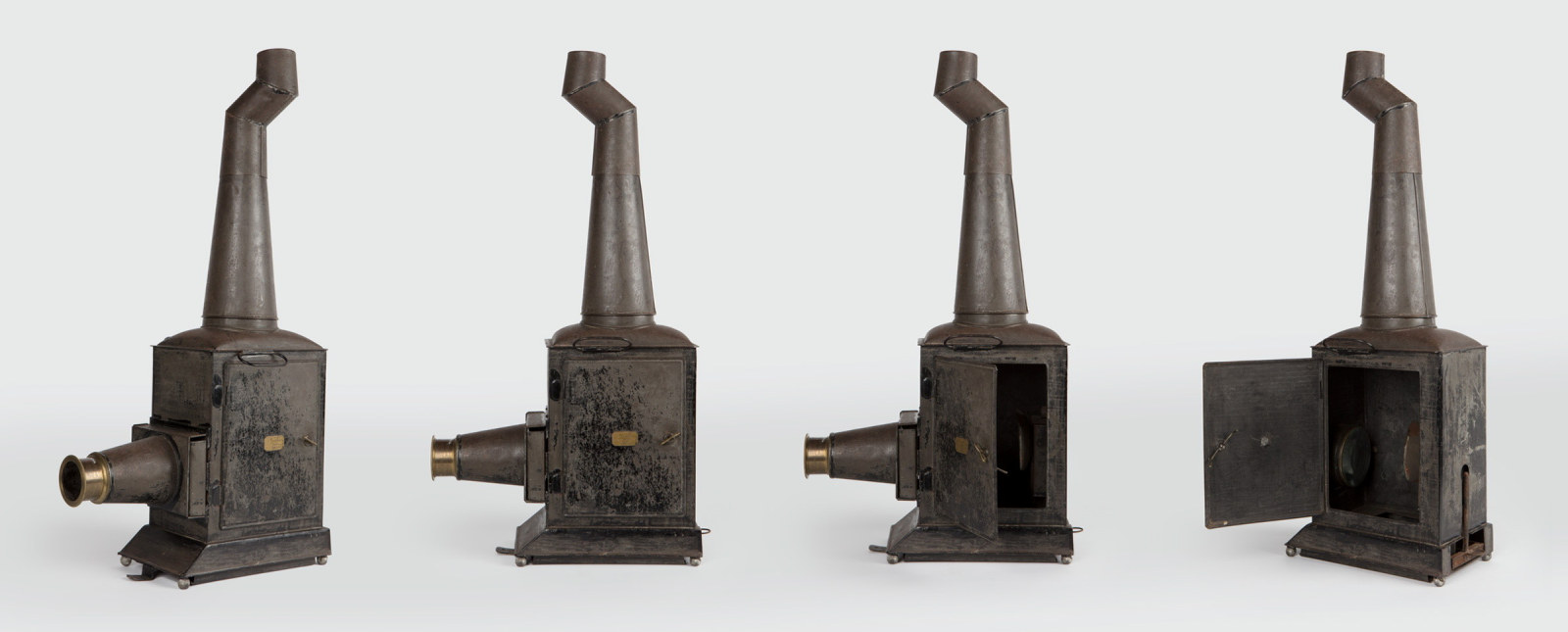
Magic lantern at Rouse Hill Estate
The Rouse Hill House magic lantern is a mid-19th century example of a form of image projector which dates back to the 17th century
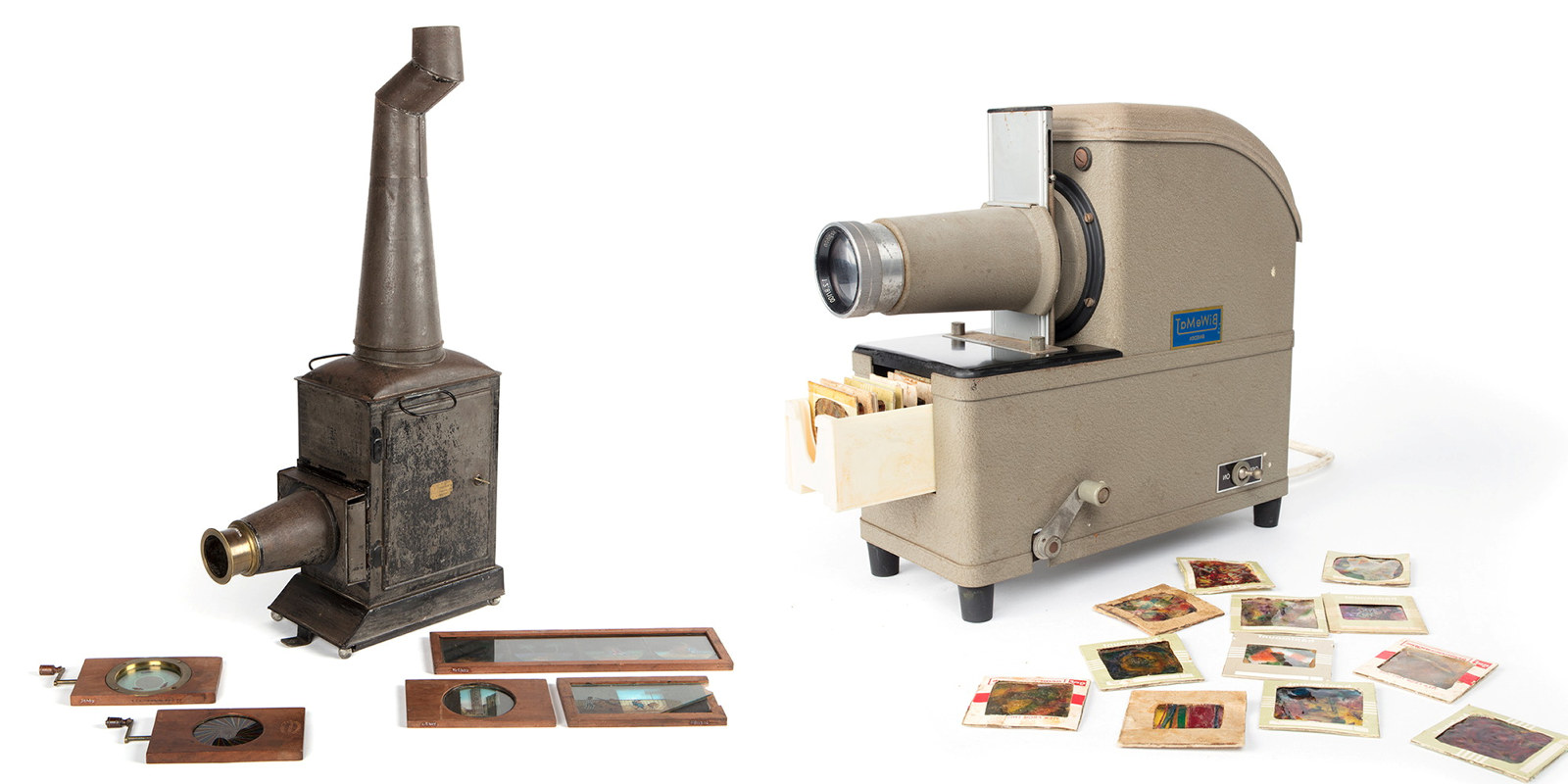
Projected across time
In the late 1960s, John Terry, then a young man living at Rouse Hill Estate, composed avant-garde music which he set to abstract projected images, and performed at various locations in Sydney
